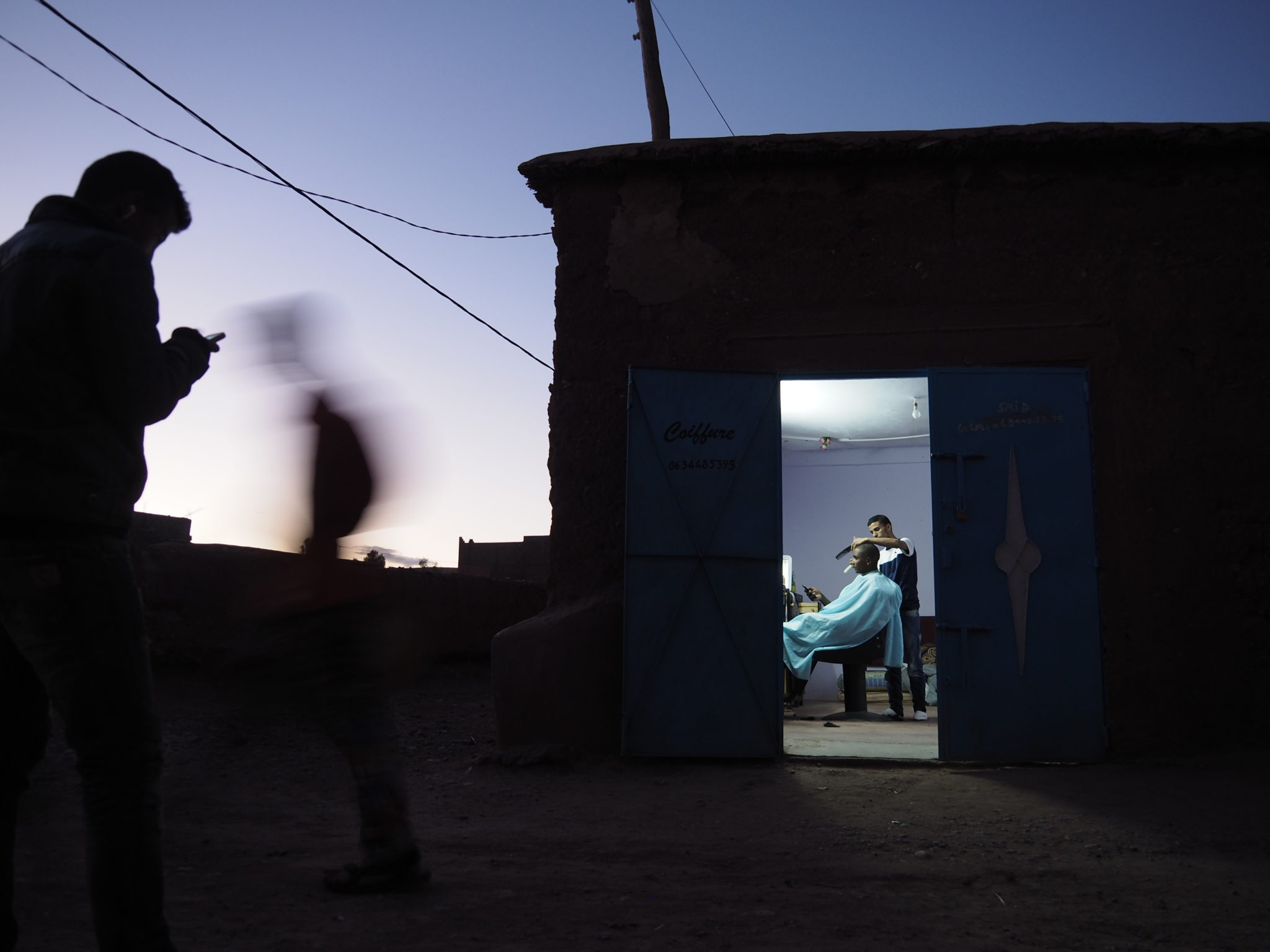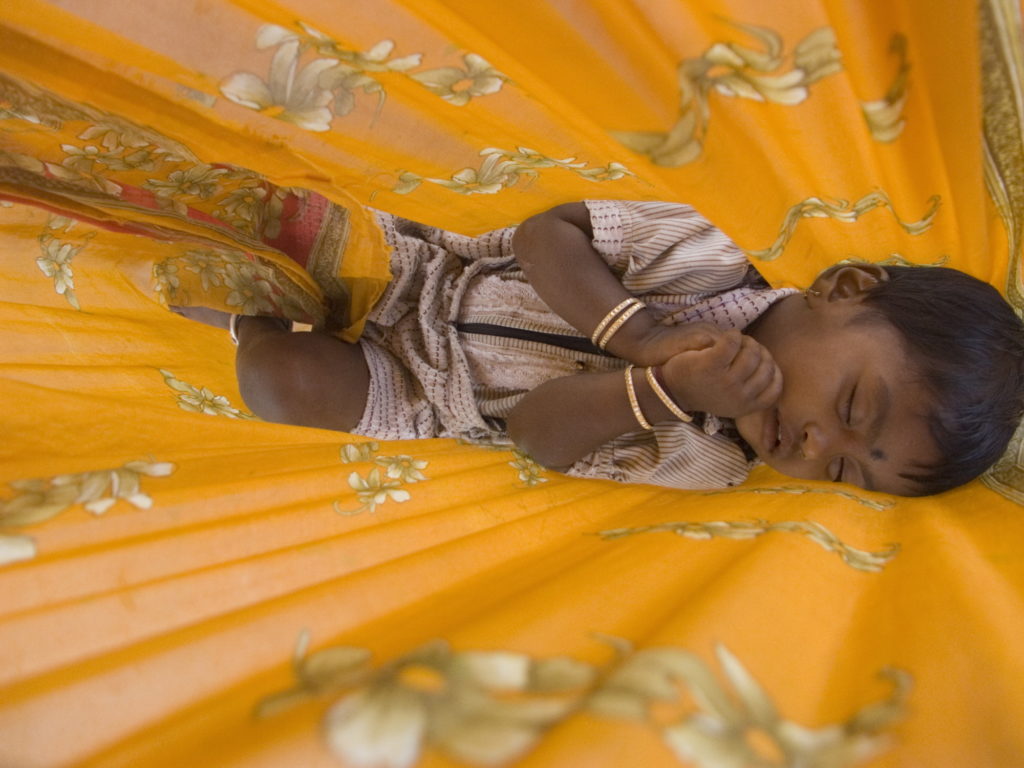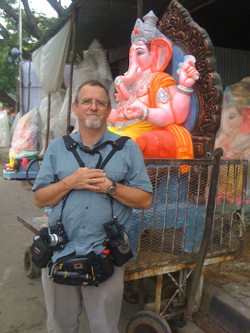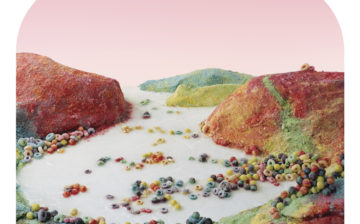Workshops
Taking the intimidation out of video.
There are no available registration dates at this time.
NOTE: This class will be held in an online format using the Zoom platform
Class meets M/W/F – August 17th, 19th, 21st , 24th, 26th, 28th (Class Meeting Times Below)

Video is what’s next, right? Video is what clients want! Video is what audiences want! Yet video scares you. I know, I have been there. Video looked overwhelmingly complex and way beyond me just a few years ago. But I was wrong. Now, I make videos full time for personal projects and for paying clients. And you can too.
As an experienced media professional, you already have most of the skills needed to be as successful with moving images as you already are with still images. You just need someone to guide you through the transition from still photographer to filmmaker. Then you need to dedicate time to make many videos, some for paying clients and some for yourself. As a still photographer you know that going out and photographing is what makes you a better photographer and video is the same. It takes a teacher and it takes practice.
Today’s successful narrative video maker creates brief, dramatic, visually compelling videos maximizing ambient sound and compelling visuals, while minimizing talking heads. In this class, you will learn how to make these “new” videos, working as a one-person band, gathering video, ambient audio, performing interviews, and gathering still photographs. We will explore the gear required for audio and video capture as well as options for software for editing your motion picture content into final videos. By going through the process from project inception, through capture, organizing and finally to outputting your film, we will take the intimidation out of video.
The class will be taught remotely (six meetings over two weeks) with two 90 minutes class sessions each day (with a lunch break in between) followed by an end of the day “check-in.” Each class is a mix of discussing pre-recorded lessons you watch in advance, some in-class lessons and then a lot of discussing what your project will be and how you can use the tools that you have (camera and sound gear) to tell the story in the video you will make in class.
The class will explore the gear required for the simplest of audio and video capture, the software for organizing the material and the video. The class will take the students through the inception, editorial discussions, and assignment details to capture, organizing and production. The choice of subject matter of the video that you will create during the class is completely your own. You want to find a subject – possibly researching multiple options in advance. Do not worry about that too much as we will discuss that at length in the first meeting.

TOPICS:
- Lessons/issues in terms of gear, planning, time-lapse imaging, contracts, negotiating usage fees for this kind of video content.
- The importance of the dialogue with client/subject to block out shoot.
- Location lessons in terms of video/audio gear, time-lapse, light, tripods, etc.
- Explore all the cameras I use for a shoot including time-lapse, back up gear and the strategy of using multiple cameras at once.
- How to review initial shoot for gaps in coverage and to formulate questions for interview.
- Methodology of downloading/editing/organizing video, audio and time-lapse media content.
- Getting feedback on rough-cut to revise final cut of movie.
While the class is possible with any kind of camera (beyond a smart phone which is covered in another class) the minimum requirements for the best learning experience class include:
Camera body with video capability, preferably 1920 x 1080 resolution as well as live view or something like that so you can see in real time what you are recording. A folding or “attenuated” screen that folds out from the camera so you can view the screen from different angles will be very helpful too. A port/plug in the camera so you can plug in an external microphone to record better sound directly, which is usually referred to as an “audio in” plug. A similar port/plug or earphone jack so you can monitor the sound you are recording directly, usually referred to as an “audio out” plug. Audio meters in cameras so you can see the level of the sound that you are recording.
Interchangeable lenses. Most people like zooms covering the range from wide (24 or 28) to (80 or 100). Then maybe a second zoom telephoto 80 or 100 to 200 or 300. Do not be afraid to use your favorite fixed focal length lenses as well. They can be great for creating dramatic depth-of-field.
Some kind of audio recording technology as in maybe an external microphone. Many of the smart phone microphone apps that are out there work quite well but make sure you have all the required cables, adapters and software to get audio files from your phone to your computer.
You need to have headphones to listen to the audio you are recording. Over the ear headphones are best. Have more than one set of these handy as these are absolute basics.
You will need some kind of tripod, table-top tripod and/or a monopod.
A computer with Filmora9 video editing software downloaded for the class, since that is the software that I will be teaching around. Filmora9 is not as sophisticated as Final Cut Pro X or Premiere but it does 99% of what we need, is much easier to use and costs much less. You are welcome to use other video editing softwares, but you should be highly proficient in your chosen software if you decide to take that approach and not use Filmora9, which works on both Windows and Mac platforms.
Class meets Monday, Wednesday and Friday each week with the following schedule, all times listed as EDT. On the final Friday, the afternoon session will be used for preparing final video files, with a sharing of work that evening. The schedule includes time for one on one conversations and a teaching assistant will be available to help you as needed throughout the week.
Class Schedule (EDT):
10– 11:30am Class time
11:30 – 12:30 Lunch break, with pre-recorded sessions
12:30 – 2pm Class time
2–3pm Office hours
5–6pm Class time
All Image Credit © David H. Wells
Share This

Instructor: David H. Wells
David Helfer Wells is a filmmaker and photographer who divides his time between Providence, Rhode Island and Bangalore, India. One day you can find him creating still and moving images for clients, such as Edible Rhody and the Providence Preservation Society on the unique local culture of America’s smallest state. Other days he may be working on personal/grant funded projects on the beautiful Narragansett Bay with the support of Rhode Island’s Council for Humanities and State Council on the Arts. In India’s "Silicon City” Bangalore, he is busy creating visual narratives for clients such as Bryn Mawr College and Aramco World or working on personal/grant funded projects supported by the Fulbright and Alicia Patterson Foundations. He has worked on assignment for such magazines as Fortune, Life, National Geographic, Newsweek, The Sunday New York Times, and Time, among others. One editor described him as a “…specialist in intercultural communication and visual narratives that excel in their creative mastery of light, shadow and sound, stills and video.” Many of his short films have been juried into film festivals around the globe, including Ankara, Bangalore, Jaipur, Lahore, Lisbon, Mumbai, New Haven, New York City, Philadelphia, Providence, Rome, Sacramento and San Francisco.


